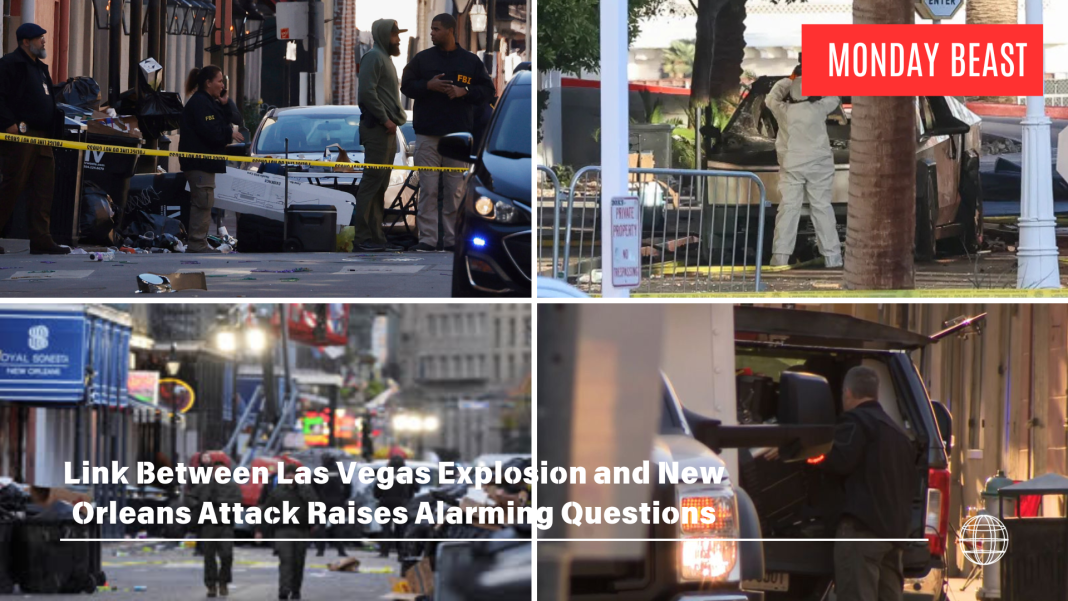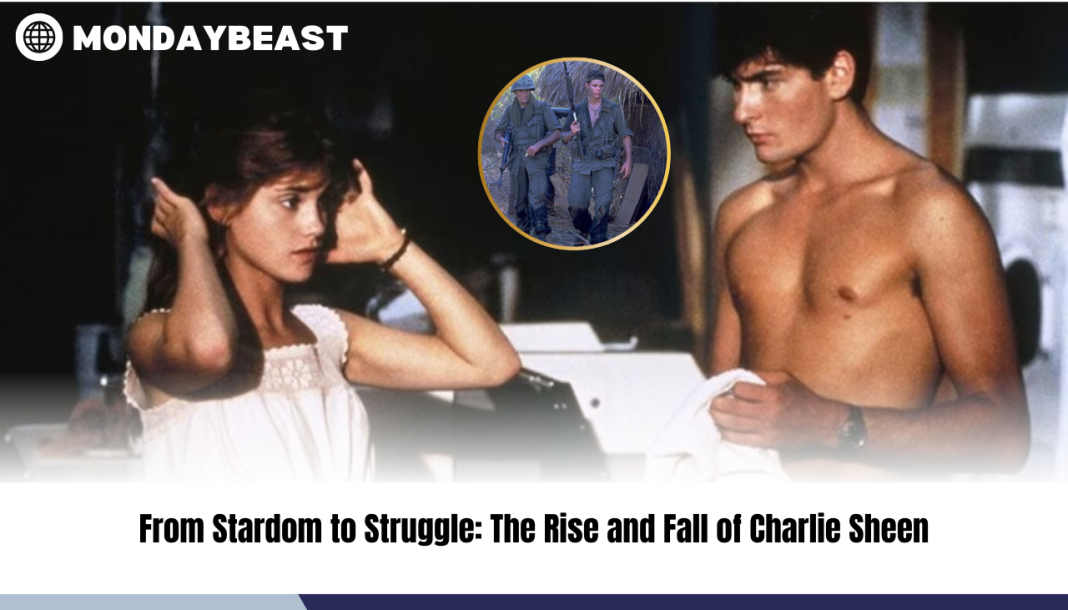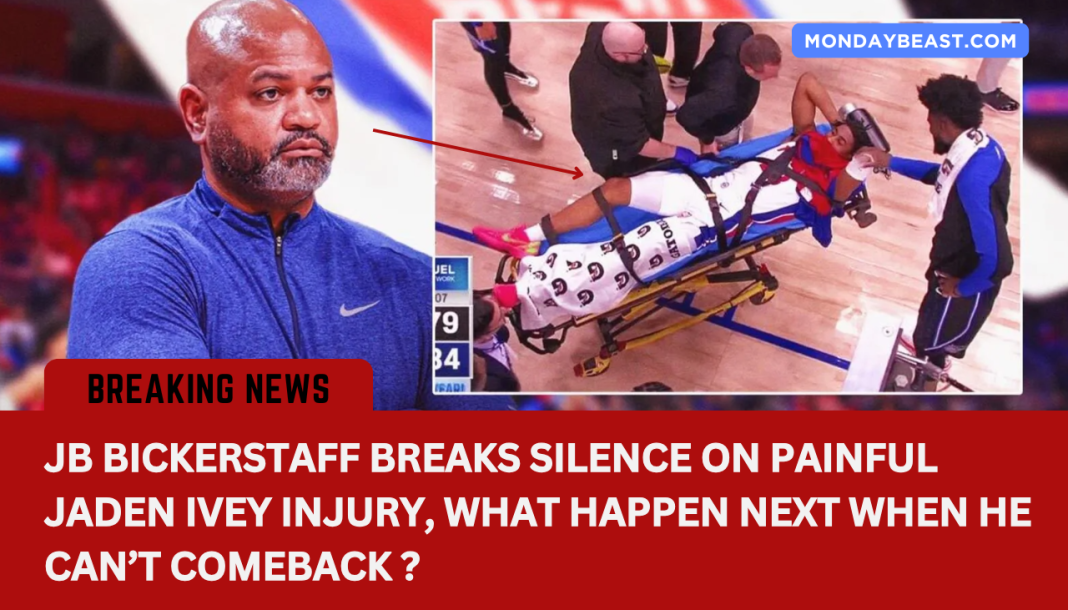The recent attacks in Las Vegas and New Orleans have left many wondering: how could two seemingly separate incidents be connected? Both instances involved military veterans, and officials are investigating their shared history. What does this mean for our safety?
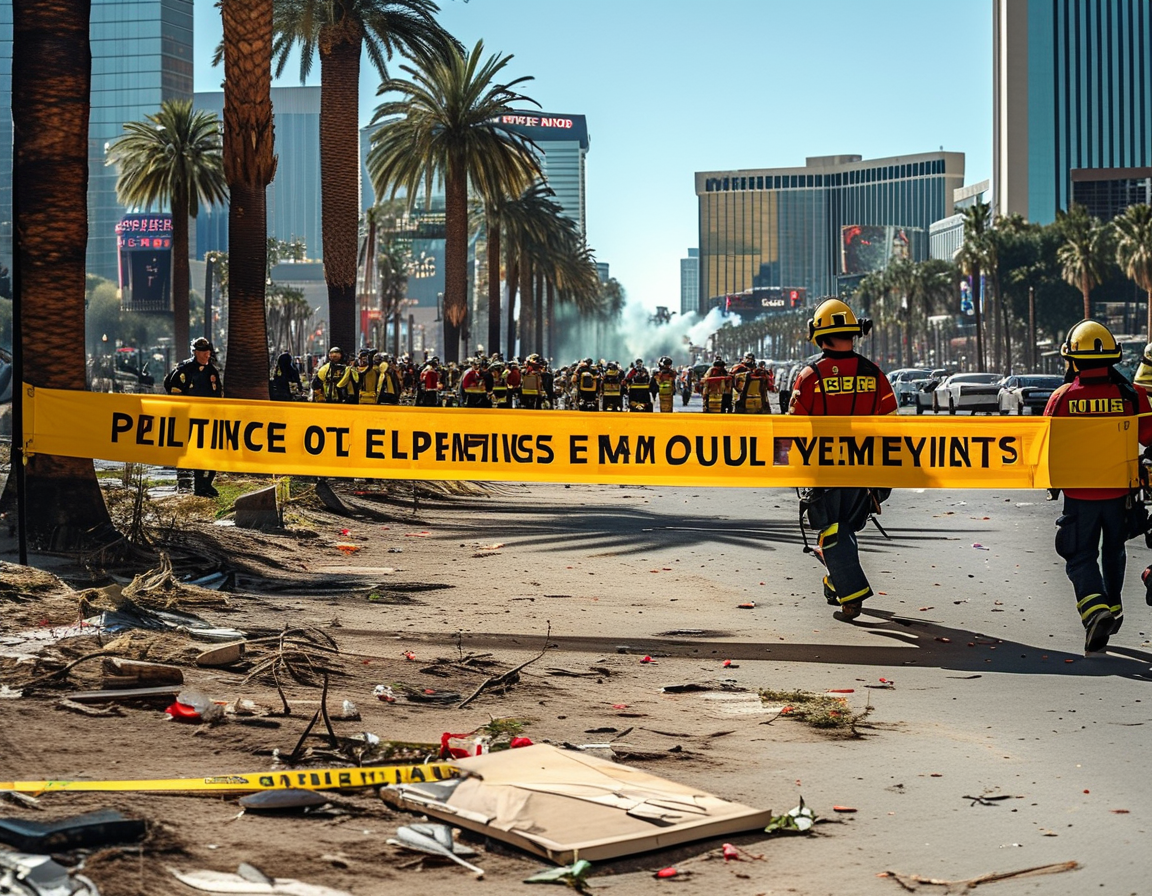
Matthew Livelsberger, a Colorado Springs resident, is accused of detonating a Tesla Cybertruck outside the Trump International Hotel in Las Vegas. This explosion shocked the city, resulting in his death and injuries to seven individuals. Hours before, Shamsud-Din Jabbar drove a pickup truck into a crowd in New Orleans. His rampage tragically claimed at least 15 lives, sending shockwaves through a city famed for its vibrant New Year’s celebrations.
Authorities are piecing together a disturbing connection. Both men served at the same military base. How does shared military service link these two tragedies? This is a crucial question as investigators examine whether they had any other ties. The idea that two veterans turned to violence raises eyebrows and generates fear among citizens.
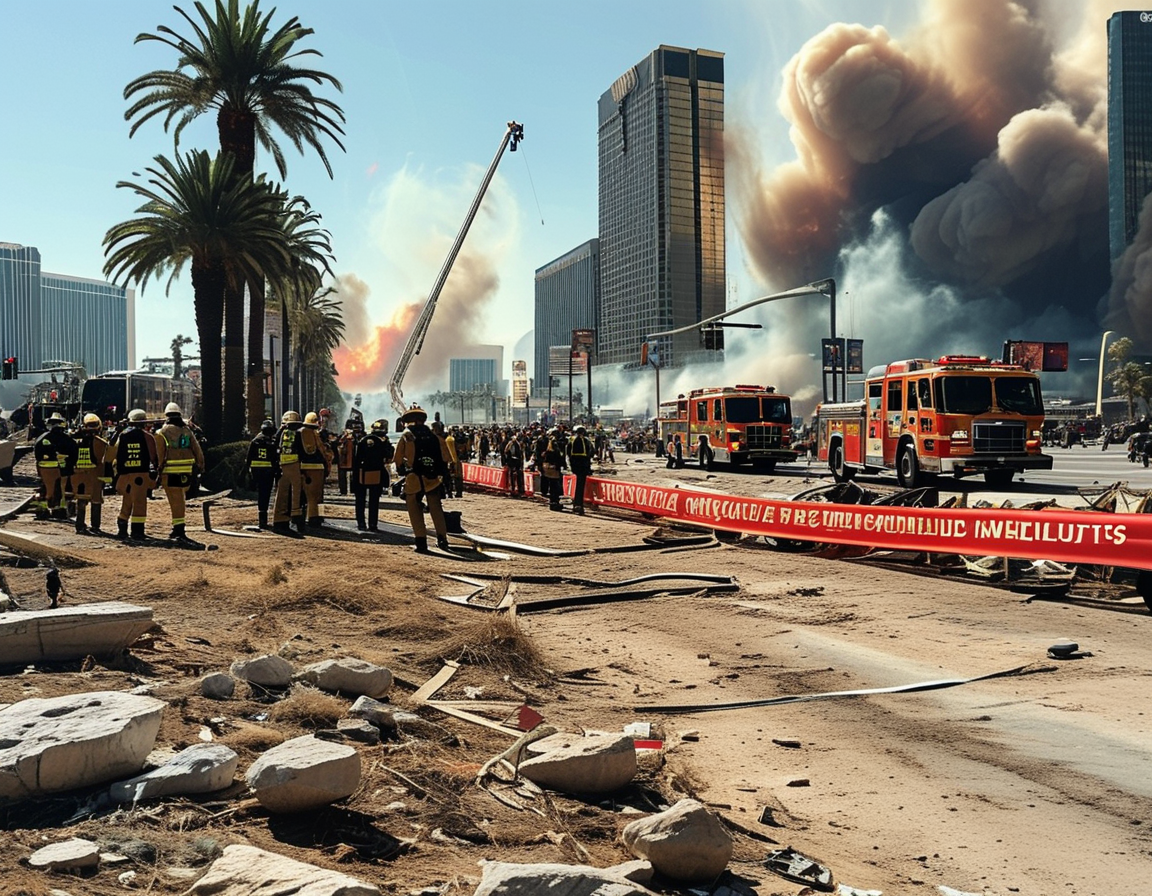
Both suspects rented their vehicles from Turo, a peer-to-peer car rental service. Surprisingly, Turo stated neither suspect had a criminal background. This leads to another pressing question: how can rental services better screen customers? The challenge of identifying security threats is becoming more apparent as tragedies unfold seemingly without warning.
Jabbar enlisted in the Army back in 2007. His service roles varied, including human resources and IT support. After deploying to Afghanistan, he transitioned to the U.S. Army Reserve in 2015. He left the military in 2020 with the rank of staff sergeant. These details paint a picture of a man who, on the surface, appeared to be a typical veteran. So what could have pushed him to commit such an act?
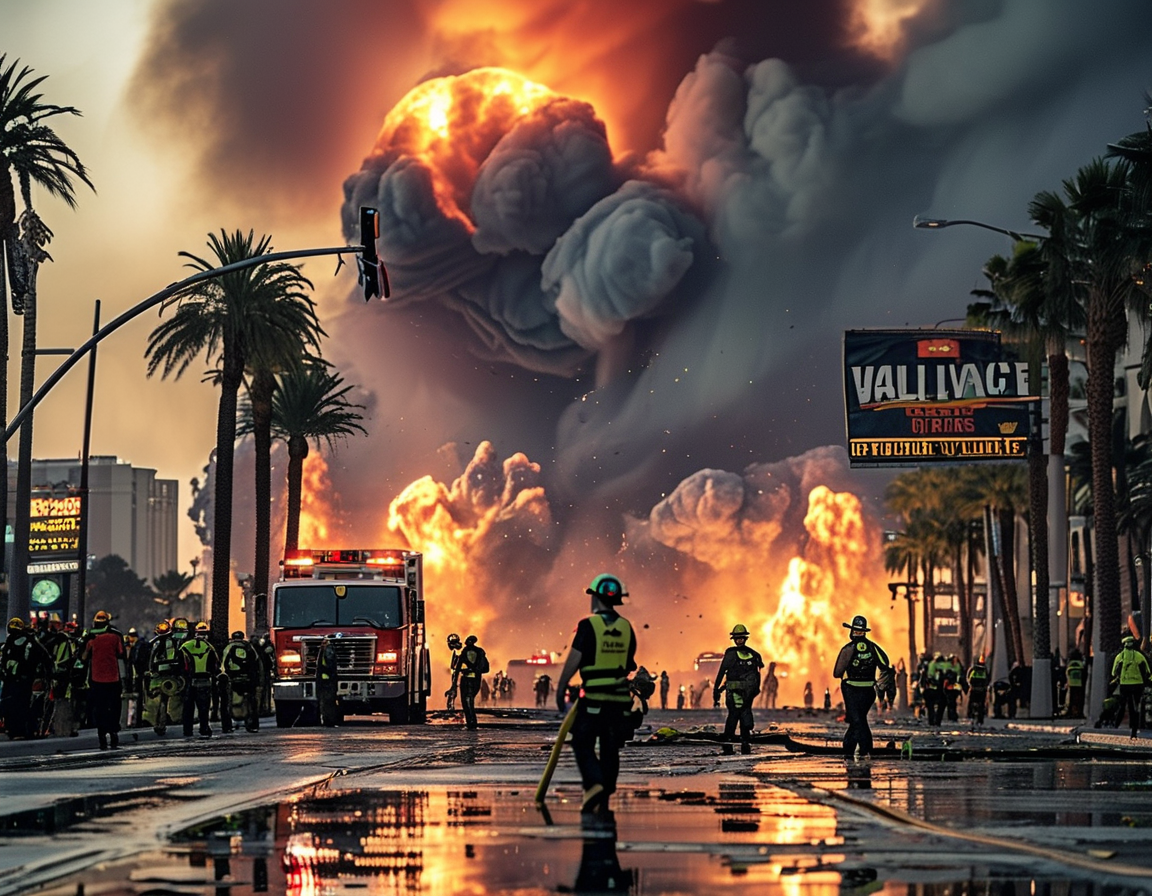
Livelsberger’s background is still under investigation, with federal agents swarming his known addresses. What did he face that might have driven him to such extremes? Understanding the personal hardships these men experienced is essential to finding answers. The lack of clarity makes the incidents even more unsettling.
Both actions are being treated as potential acts of terrorism. The implications of this designation are vast and serious. It leads us to the broader question: what is happening within our military that can translate into violence against civilians? These connections urge us to reevaluate how we support our veterans, who often face reintegration challenges.
As the investigations unfold, the public watches closely. People want answers about safety and how to prevent future attacks. Discussions about mental health resources and community support for returning military personnel gain urgency. The need for dialogue and understanding is greater than ever, as we ponder the potential consequences of neglect.
In reflecting on these events, one can’t help but feel a mix of confusion and anger. Why did two veterans resort to such violence? Is it inadequate support or deeper societal issues? As we seek answers, the hope is that this tragic chapter could spur a movement toward better mental health care for veterans, and perhaps, a means to avoid future tragedies.

